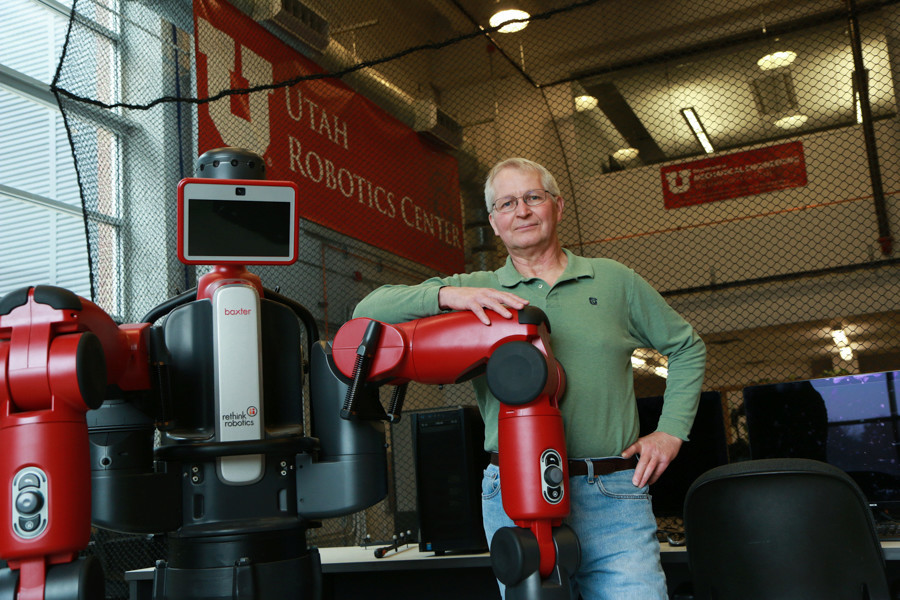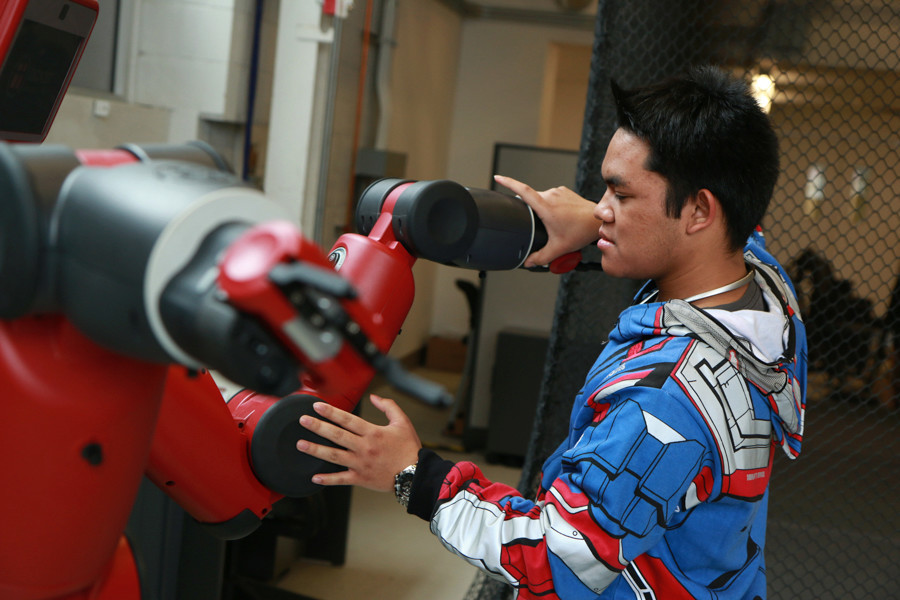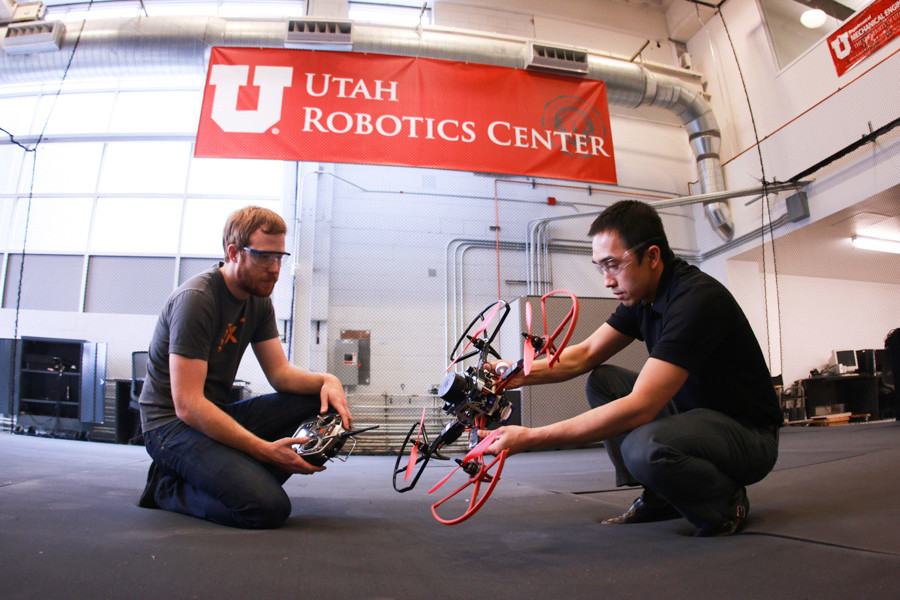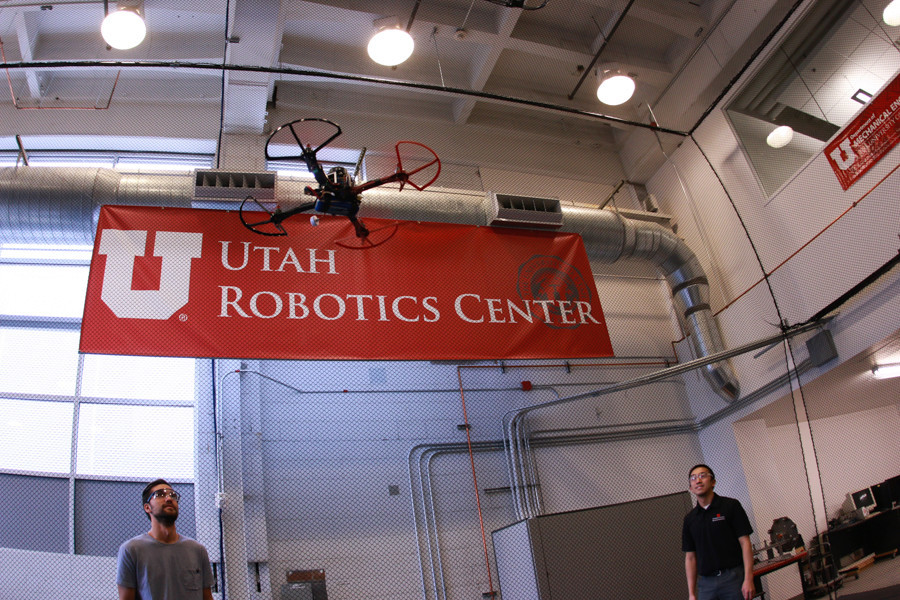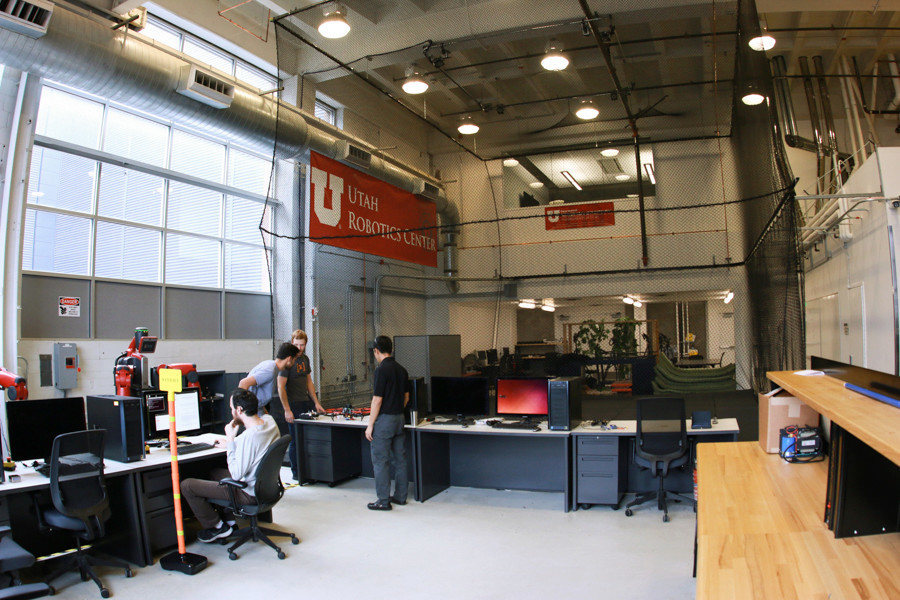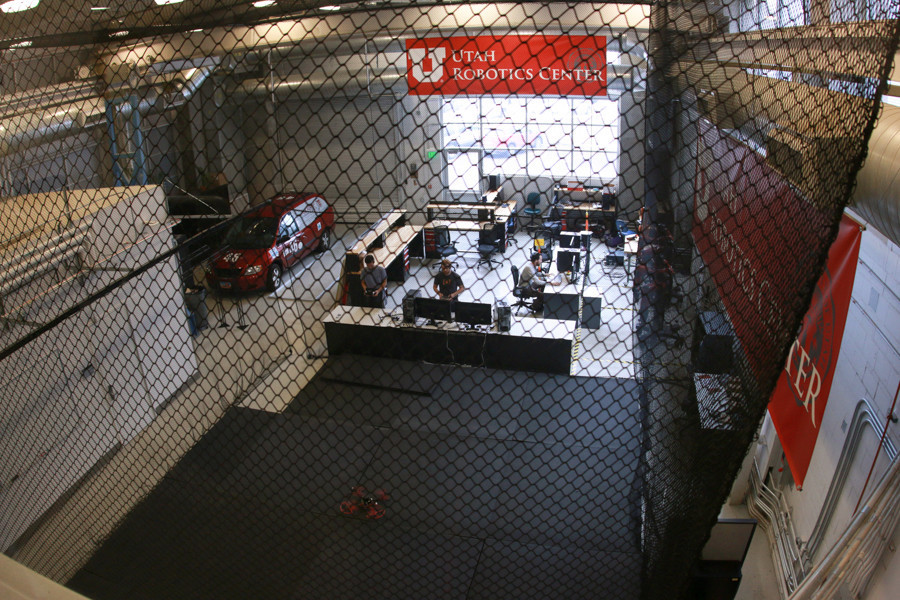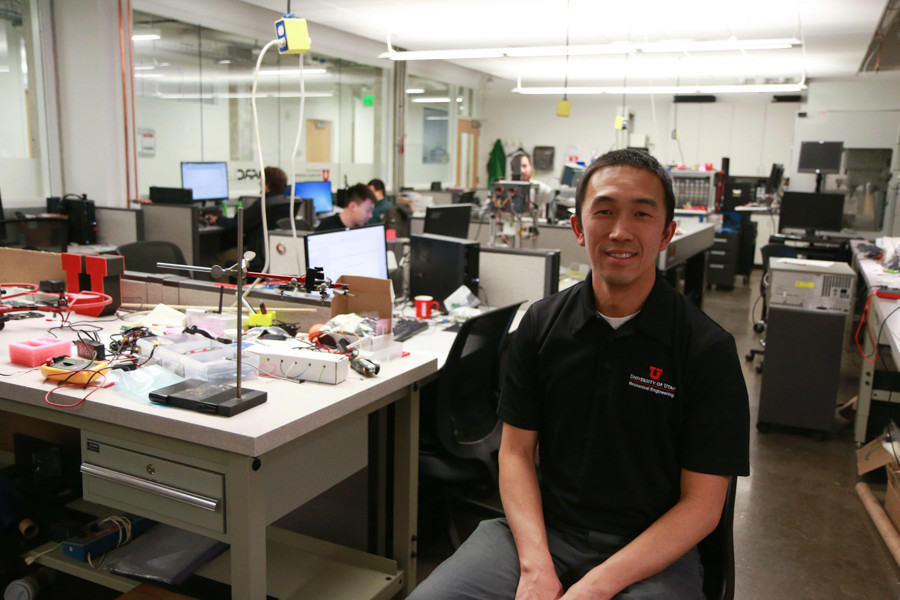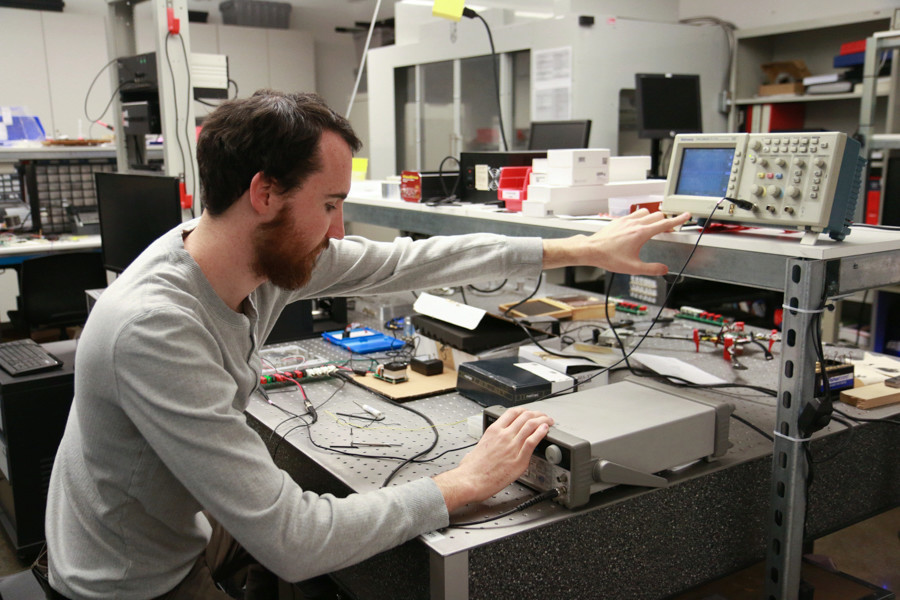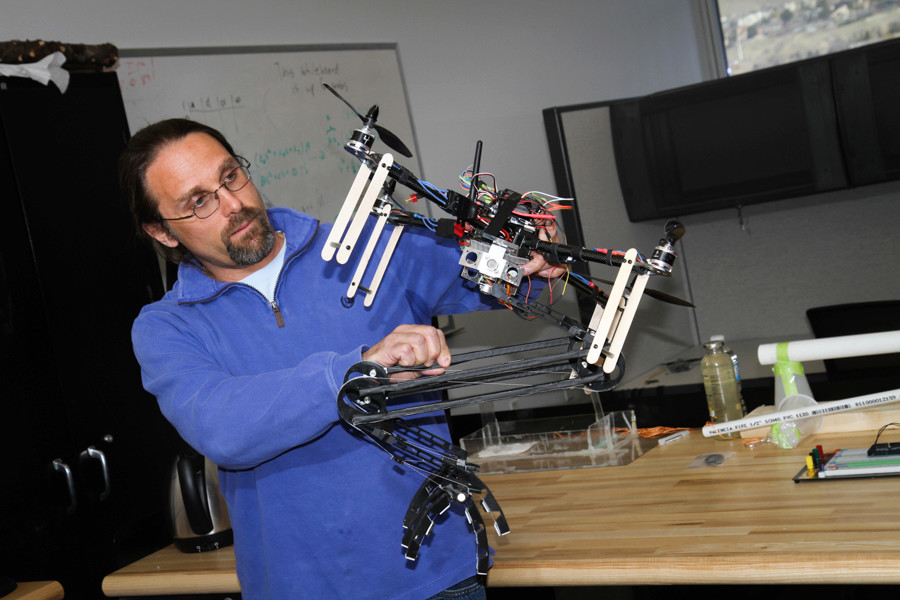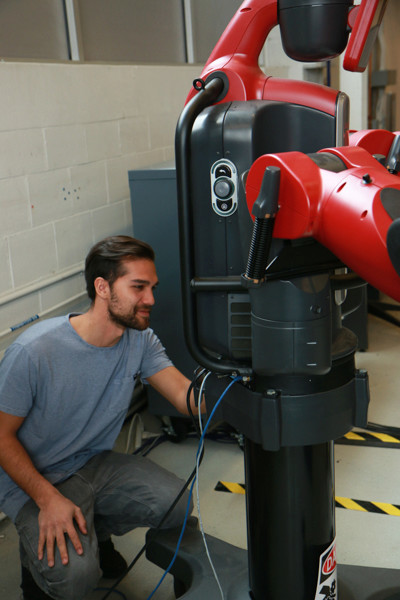From the Utah/MIT Dextrous Hand to the Sarcos Treadport, the University of Utah is renowned for its research in robotics. And work in this high-tech field will continue to grow thanks to a new center that is now the home for the best and brightest in today’s research.
The university’s School of Computing and Department of Mechanical Engineering, both part of the College of Engineering, have announced the creation of the University of Utah Robotics Center (UURC). The Utah State Board of Regents approved the formation of the center last month.
The new center consists of both School of Computing and mechanical engineering faculty and was formed to build on the momentum of robotics activities at Utah.
“The University of Utah Robotics Center formalizes a strong interdisciplinary program in robotics between the Department of Mechanical Engineering and the School of Computing,” said John Hollerbach, professor in the School of Computing. “The UURC will bring increased visibility to robotics research in Utah, and it will highlight our expertise in this area with the expectation of bigger joint projects and more funding opportunities.”
The UURC offers a master’s degree and Ph.D. in the Robotics Track, a joint program of study. It was the second robotics program ever offered in the U.S. and has five faculty from the mechanical engineering department and four from the School of Computing.
“The center will not only provide the foundation for the Robotics Track but also allow our research and curriculum to flourish even more,” said U mechanical engineering associate professor Mark Minor, co-director of the center. “The center also provides a focal point for youth considering STEM careers through center-hosted activities such as FIRST Robotics Competition and the GREAT Camps.”
The U’s robotics program involves research in such topics as intelligent agents, hybrid mobile robots, humanoid robots, haptic interfaces, and personal assistive devices.
The field of robotics itself has experienced tremendous growth since its early focus on industrial robots and now includes topics like autonomous vehicles, medical robots, smart sensor networks, micro-robots, robot vacuum cleaners, sentry robots, and pet robots. Robotics technology is embedded in many devices normally not thought of as robots, and today’s research also requires knowledge on how to model motion as well as understanding applications in graphics, animation, and computer games.
